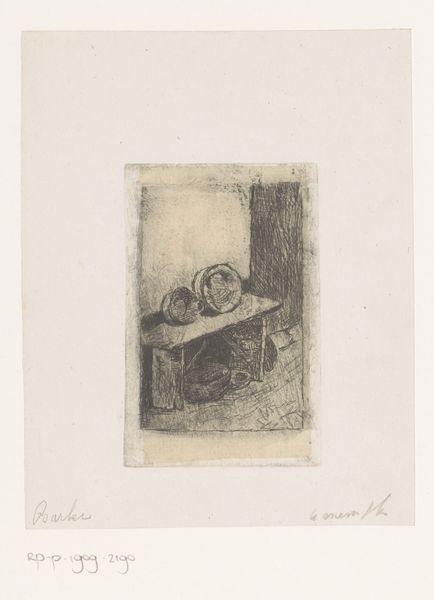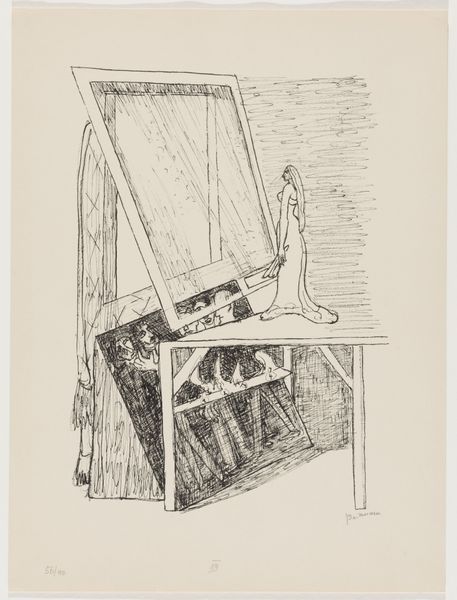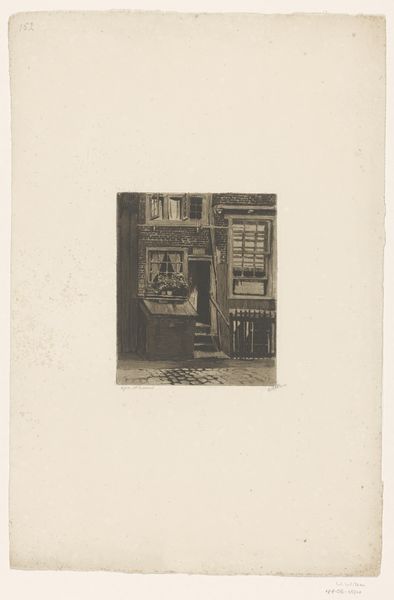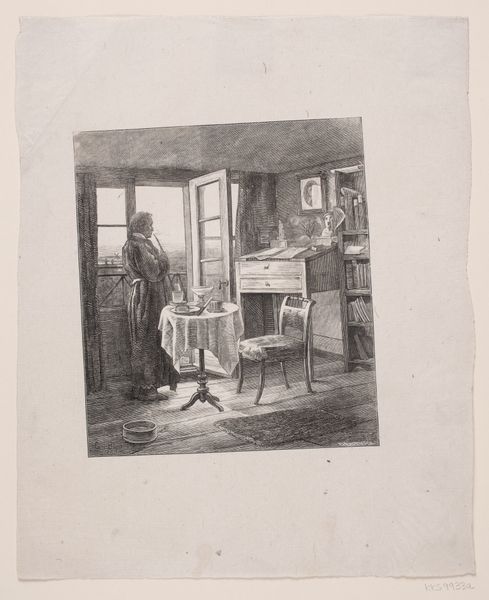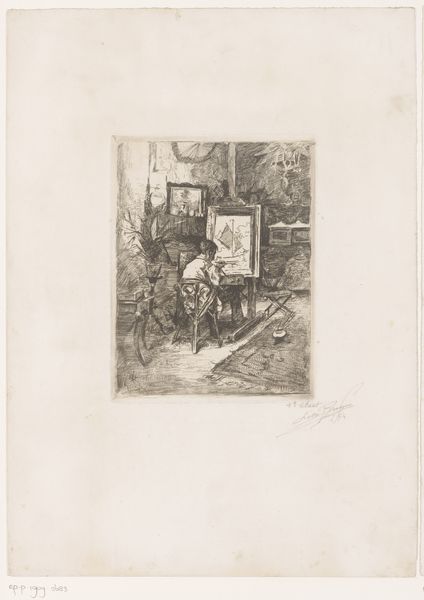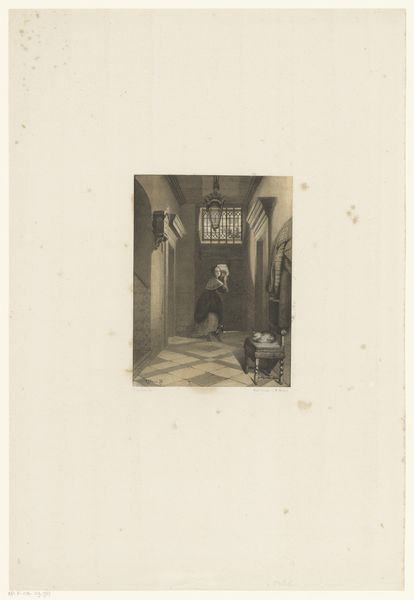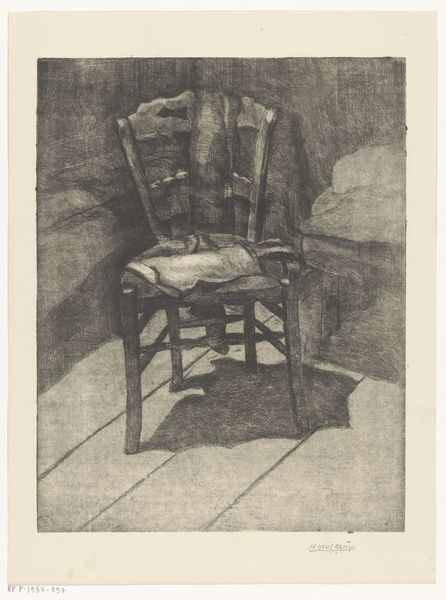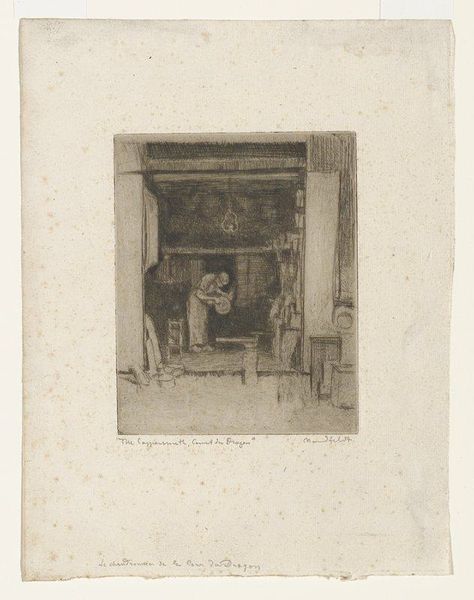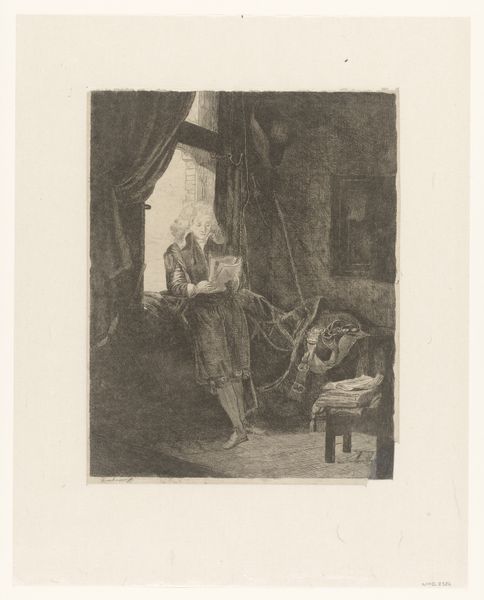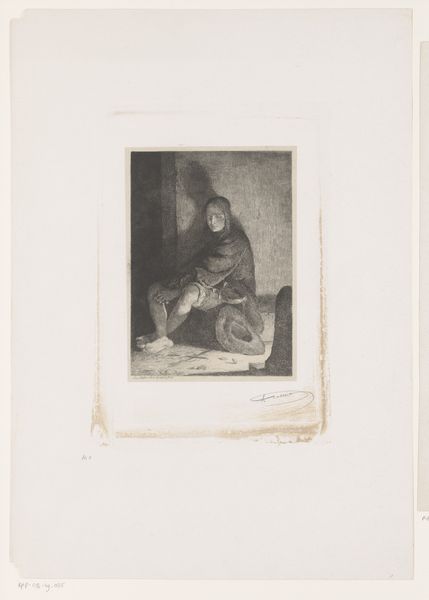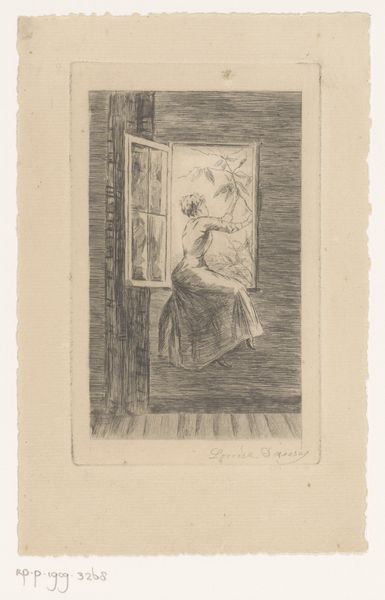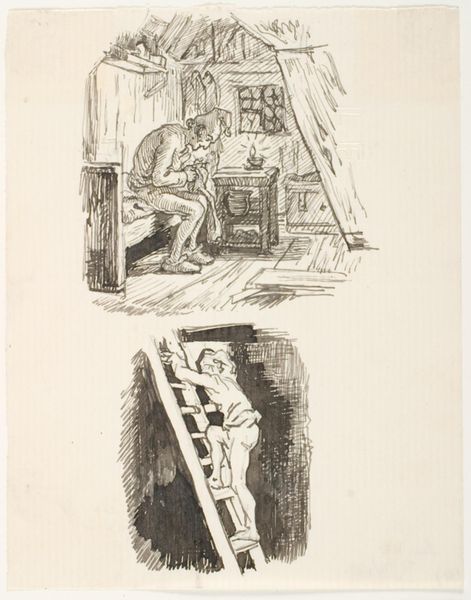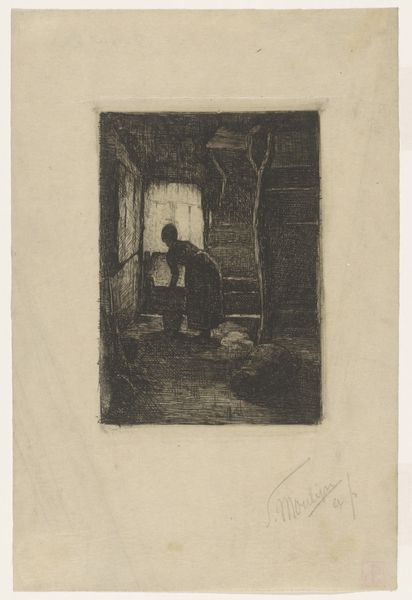
Trompe l'oeil with Palettes and Miniature 1670 - 1699
0:00
0:00
painting, oil-paint
#
brown tone
#
baroque
#
painting
#
light earthy tone
#
oil-paint
#
earthy colours
#
earthy tone
#
coffee painting
#
brown beige
#
earthy
#
neutral brown palette
#
trompe-l'oeil
#
brown colour palette
#
miniature
#
warm toned green
Dimensions: 46 7/8 x 36 1/8 in. (119.1 x 91.8 cm)
Copyright: Public Domain
Curator: Let’s turn our attention to Jean François de Le Motte’s captivating oil painting, “Trompe l'oeil with Palettes and Miniature,” created sometime between 1670 and 1699. It is currently displayed at the Metropolitan Museum of Art. Editor: My initial reaction is one of playful deception. The brown and earthy tones create such a convincing illusion of real objects attached to a wooden panel that one can almost reach out and touch them! It presents us with a tableau of the artist's world. Curator: Precisely! Le Motte masterfully employs the "trompe l'oeil" technique to challenge our perception. The careful arrangement of artist’s tools such as the palettes, brushes, a miniature portrait, and a print, all contribute to a layered exploration of artistic creation. Look at how the items seemingly cast shadows and project from the surface. Editor: And note how these ‘everyday’ objects complicate any straightforward reading of the painting as purely representational. By incorporating images *within* the image, it hints at the layers of societal structures that inform and enable artistic representation itself. Curator: I agree, this is about more than mere trickery. Consider the placement of the miniature portrait; its presence subtly points to the artist's identity, or perhaps that of a patron, embedded within the creative process. Then note how light activates the compositions on different levels. Editor: Definitely, especially considering the function and place of the print of what appears to be monks. Religious imagery during this time played a critical role in dictating morality and acceptable behaviours for those in power and those without it. The “illusion” the artist is attempting may also function to expose the role that he plays within those systems, and whether that might bring social exposure. Curator: Your insights really emphasize the narrative potential here. Through its visual deceptions, Le Motte’s still life also offers a commentary on art and artifice. The skill lies not only in imitation, but also in reflecting on the position of art, both technically and aesthetically, in a much wider system. Editor: The artist pushes the Baroque artistic styles toward an era defined by what society attempts to keep hidden or expose, and what consequences arise depending on how artists function. Curator: Exactly. Now, when considering this work from the Metropolitan Museum, it highlights their Baroque collection but also this particular artist's technical ability. I think we begin to see the intention and success in blurring reality with the painting of it. Editor: And it reminds us how essential that social and historical awareness remains in informing a greater artistic context.
Comments
No comments
Be the first to comment and join the conversation on the ultimate creative platform.
